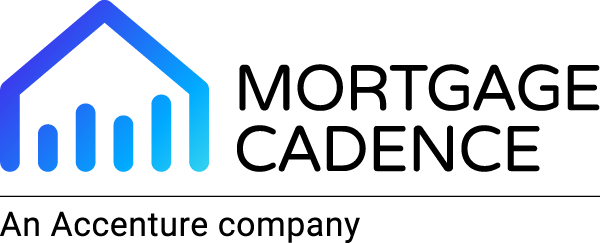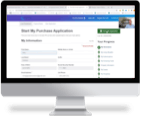For too long, compliance has been viewed as a constraint - a set of rules and regulations that restrict innovation and hamper business growth. Just ask any compliance expert how it feels to walk into a crowded conference room. Melissa Kozicki, CMB, CMCP, Director of Compliance for Mortgage Cadence will tell you, “nobody wants to be considered a ‘Debbie Downer.’”
This is an outdated mindset that is putting limits on industry lenders and servicers they can ill afford in a down market.
“When viewed through the right lens, compliance can actually be an empowering force that unlocks new opportunities,” she says.
A reputation earned in a crisis
In the years following the 2008 financial crisis, lenders became hypersensitive to compliance risk, with plenty of good reasons.
A wave of new regulations conditioned the industry to an extreme degree of risk aversion. Over a decade of reactive responses to changes like Dodd-Frank, revised disclosure rules, and TRID dampened the drive for proactive growth. This risk aversion was heightened by the fervor with which some regulators approached those suspected of compliance errors.
This mindset of being reactive rather than proactive was an understandable response given the reputational damage and punitive fines levied for non-compliance coupled with the sheer volume of changes unleashed by Dodd Frank. However, it leaves significant pockets of opportunity untapped.
While the lowest-hanging fruit may have been picked, there remain vast underserved markets that responsible lenders can reach through smart compliance management.
Using compliance as a tool for innovation
So how can a lender approach what has long been considered a barrier to activity as a source of inspiration for future innovation?
Limited English proficiency (LEP) lending is a prime example.
For years, marketing mortgages to non-English speakers seemed too legally risky for most lenders. But pioneering firms are now tapping this lucrative market by strategizing how to operate responsibly within existing frameworks rather than waiting for explicit regulatory guidance.
This represents a pivotal shift in compliance mentality.
Forward-thinking compliance leaders are seeing opportunities to discover new spaces where underserved populations can be helped through responsible innovation.
The same opportunistic lens can be applied across the industry. Niche products like construction loans and HUD 184 mortgages offer significant growth runways. But capitalizing on these opportunities requires viewing compliance as more than a check-the-box exercise siloed away from core operations.
It must become a strategic enabler tightly integrated across the business.
Making this pivot requires leadership buy-in to set the appropriate organizational risk tolerance and empower the compliance function to identify pockets of opportunity.
In today's fiercely competitive mortgage environment, dynamic risk management through an opportunistic compliance lens is a competitive advantage. Those who get it right will be empowered to find new profitable markets and products.
To find out how Mortgage Cadence is working with lenders today to capitalize on these opportunities, reach out to us today.
By Melissa Kozicki, CMB, CMCP, Director of Compliance at Mortgage Cadence
Want more?
Follow us on LinkedIn to be notified when our next article is released.
Media Contacts
Mortgage Cadence:
Alison Flaig
Head of Marketing
(919) 906-9738



